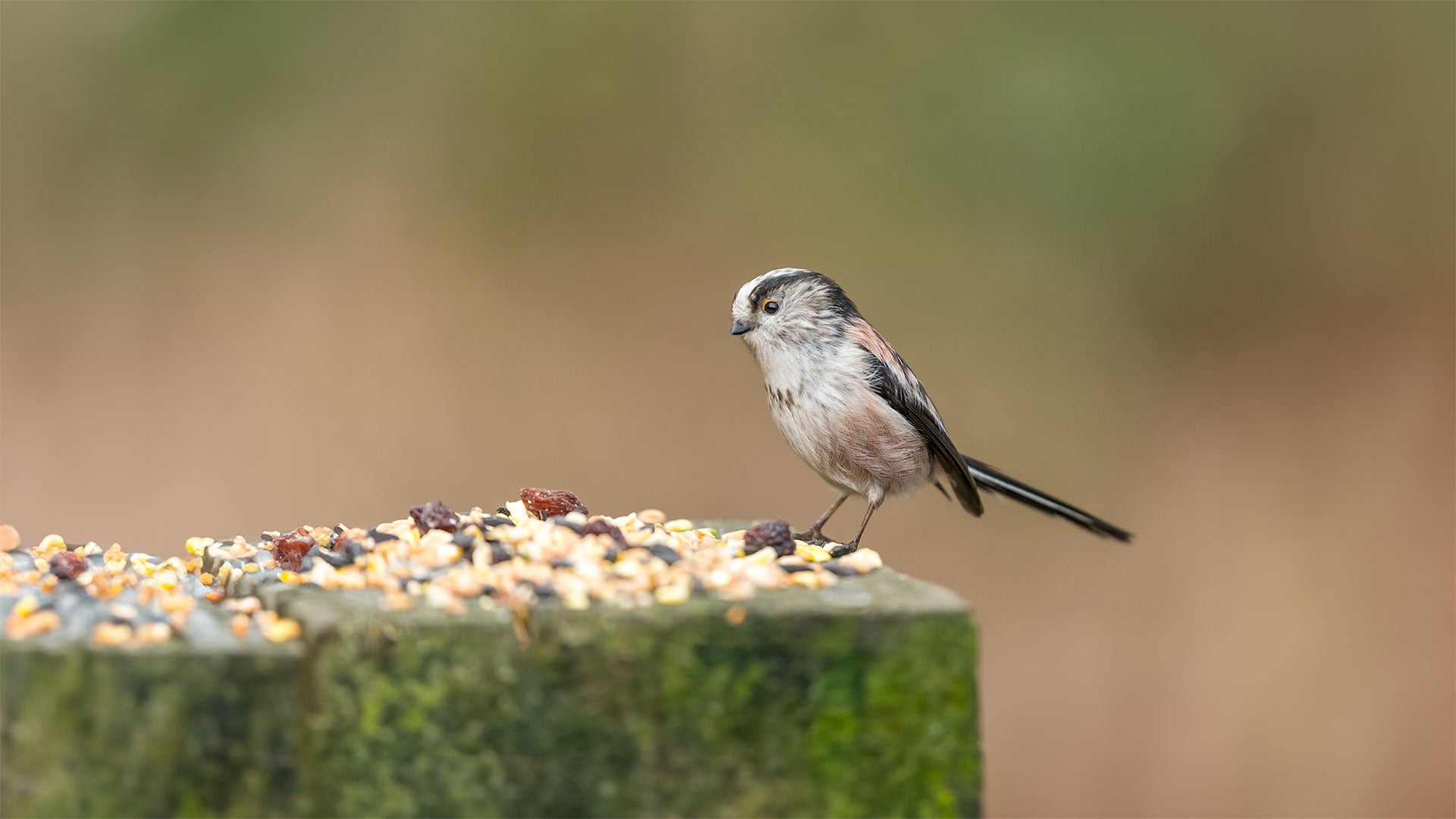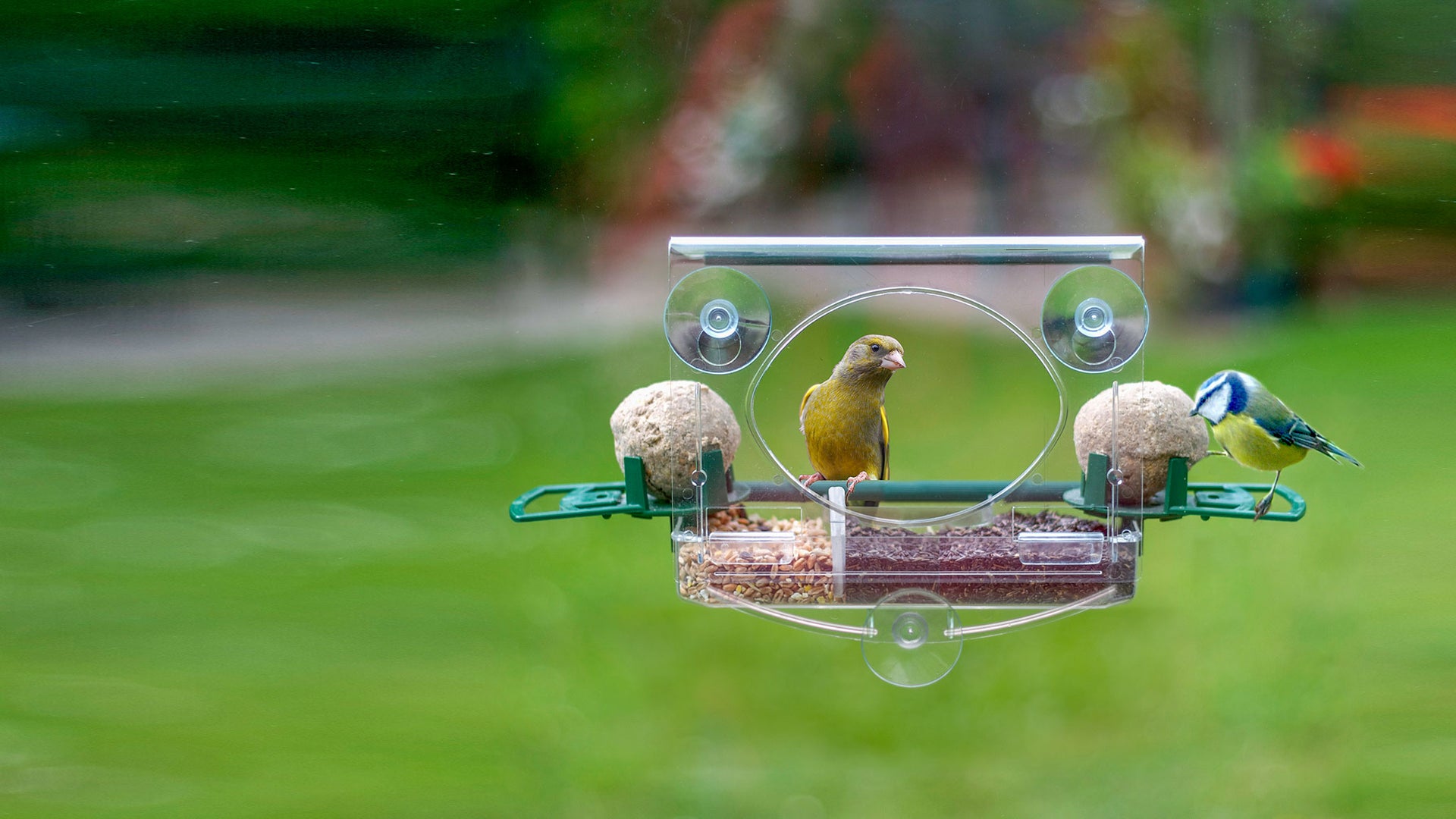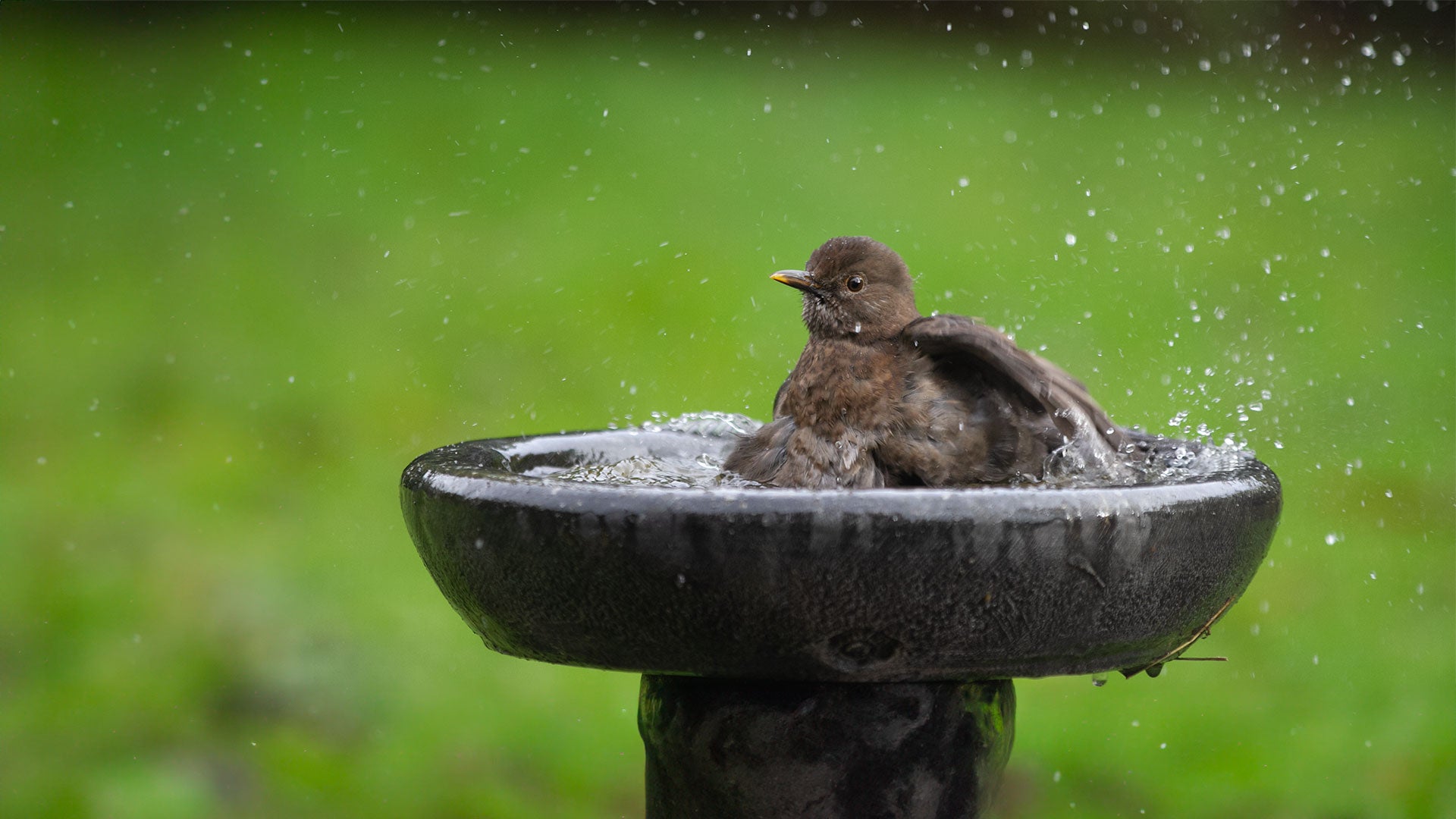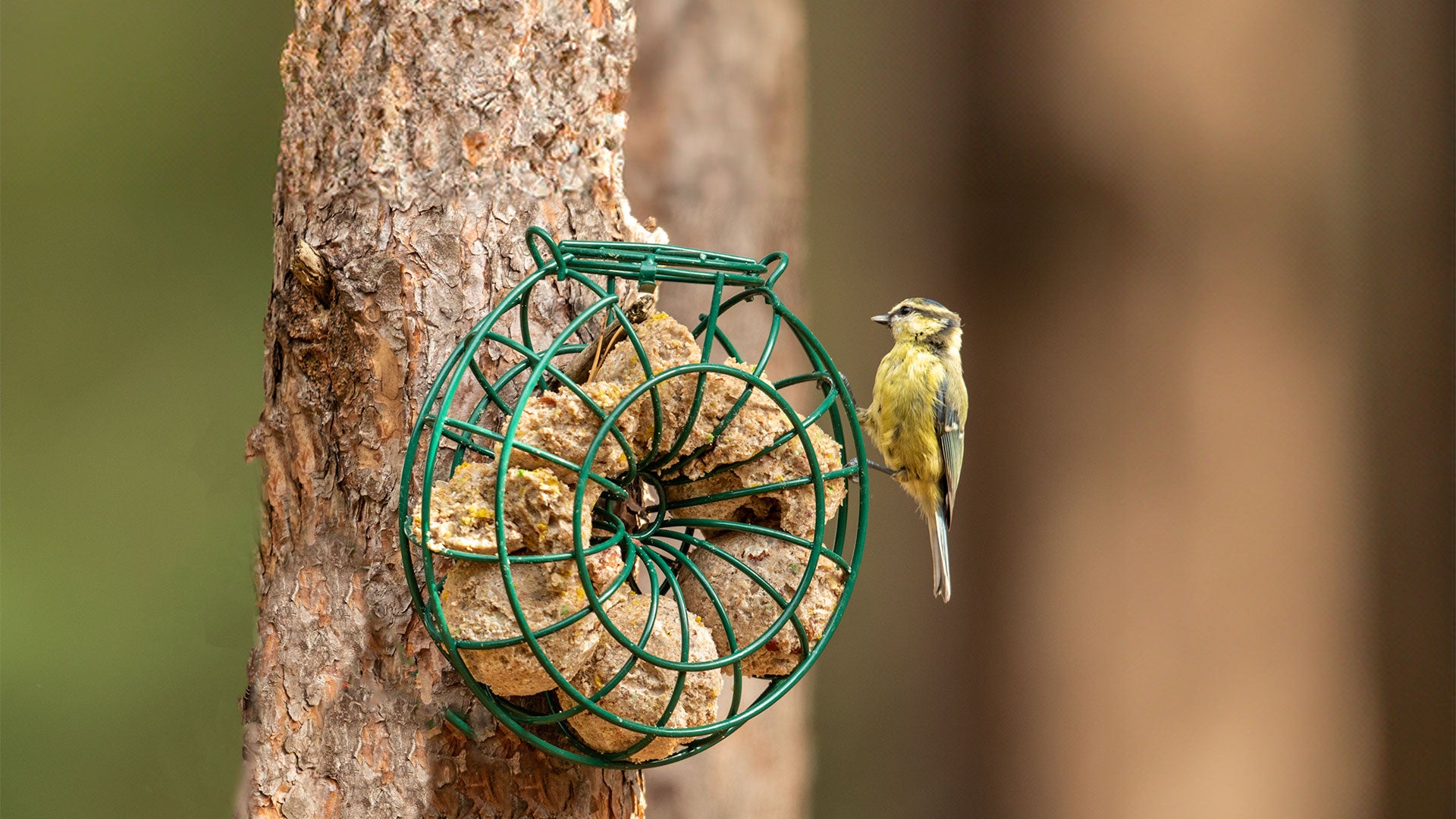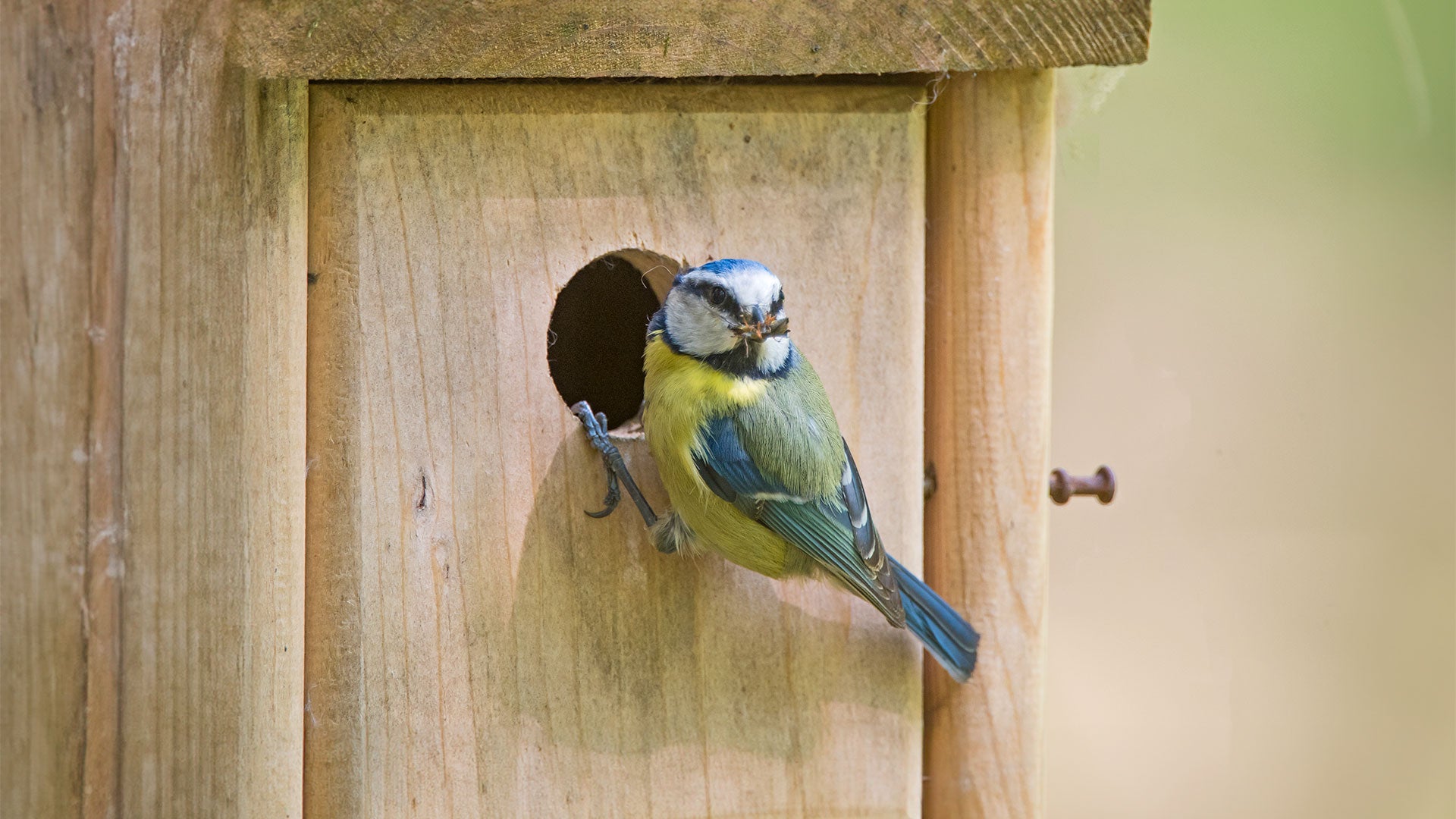An easily recognised species due to conspicuous red face and yellow wing-bars. Both male and female have a black line around the base of the bill.
What does a Goldfinch look like?
Length: 12cm.
The rear part of the crown and nape is black, the sides of the nape, ear coverts and lower throat are white. Upper parts are buff-brown and the rump is white. Under parts are brown, often with some yellow markings on sides of the breast. The centre of the breast is white, wing coverts are black and bright yellow. Young Goldfinch’s lack red and the upper parts are a greyish-brown, under parts are whitish.
During courtship the male sway his body from side to side and spreads the wings, vibrating them rapidly. Flight is notably dancing.

What does a Goldfinch sound like?
A Goldfinch’s call is a harsh ‘geez’. The song is a twinkling, liquid ‘tsweet-witt-witt’.
Where and when do goldfinches nest?
Breeding starts from late April onwards. They nest in trees at the end of branches, occasionally in hedgerows or shrubs. The nest is constructed by the female, occasionally assisted by the male, and is made of roots, grasses, moss, lichens and with wool. Three to seven bluish-white eggs are laid, some with red-brown spotting and streaking, sometimes very dark. The male feeds the female whilst she is incubating the eggs. This carries on for twelve to thirteen days. The young leave the nest after thirteen or fourteen days. Normally two broods, sometimes three.
Goldfinch habitat
The Goldfinch’s like the edge of forests and areas with scattered trees and bushes, including orchards, gardens and parks. They also frequent farmland.
What do goldfinches eat in the wild?
Chiefly seeds, particularly thistle, also insects and larvae.
What to feed goldfinches in your garden?
Goldfinches are famously attracted to gardens offering fine niger seed. This is a very small seed requiring a special niger seed feeder. They are also attracted by gardens offering Ark Wildlife sunflower hearts, because of their high oil content.
Where should you feed goldfinches?
Feeders – Ideally above 1m in height
Table – Open topped or covered
Ground – Not Suitable
An easy way to start attracting the goldfinches is to put out two of their bird food favourites: Sunflower seeds and niger seeds.
How to attract goldfinches to your garden
As with all birds, providing food is a great way to attract this species into your garden.
Goldfinches love niger seeds and sunflower hearts, which both act as a brilliant source of energy. Try placing these seeds in bird feeders within your garden — for the small niger seeds you’ll need a niger feeder.
Wildflowers can also be used to encourage more Goldfinches to stop by your garden. These birds particularly love teasels which they can feed from once the seed heads dry out.
What is a group of goldfinches called?
A group of Goldfinches is known as a ‘charm’ — a fitting name for these charming and distinctive birds!
How long do goldfinches live for?
On average, Goldfinches live for around two to three years, although some have been known to live for longer.
Are goldfinches rare?
Goldfinches are a relatively common sight in UK gardens. In fact, the population is believed to have doubled since the 1970s. Thankfully, these birds have a UK conservation status of green, however, as with all species, it’s important that we continue to help them thrive.



